From observing global biodiversity hotspots around supervolcanoes and gas-spewing seeps that make up the tectonically mashed ocean floor off Vancouver Island to getting never-before-seen footage of deep-sea creatures that could soon star in a BBC nature series.
These are among the highlights of the Northeast Pacific Deep Sea Expedition that recently returned from the proposed Tang. Gwan-hacxwiqak-Tsigis (tung-gwun huch/khwi/kuk tsee-geese) Marine Protected Area.
The collaborative expedition saw Fisheries and Oceans Canada, the Council of the Haida Nation, Nuu-chah-nulth Tribal Council, Pacheedaht First Nation and Ocean Networks Canada collect an array of research from the critical habitats that will be used for years to come.
“It’s going to inform marine conversation because these are really fragile and really remarkable ecosystems,” said Moronke Harris, a University of Victoria oceanography PhD student who was aboard the expedition. “There are no ecosystems like this anywhere else on Earth. The deep sea is the most unique area that we have, it’s the most unexplored area that we have.”
The researchers on the John P. Tully Canadian Coast Guard vessel lowered the remotely operated vehicle (ROV) ROPOS to record depths in the Canadian waters – surpassing 3,200 metres – as they explored the nautical area approximately 150 kilometres west of the Island and 100 kilometres south of Haida Gwaii.
Those seafloor ecosystems host 70 per cent of the seamounts and all of the known hydrothermal vents in Canada. Harris is a specialist when it comes to the latter, which are superheated geysers formed from tectonic plate movement.
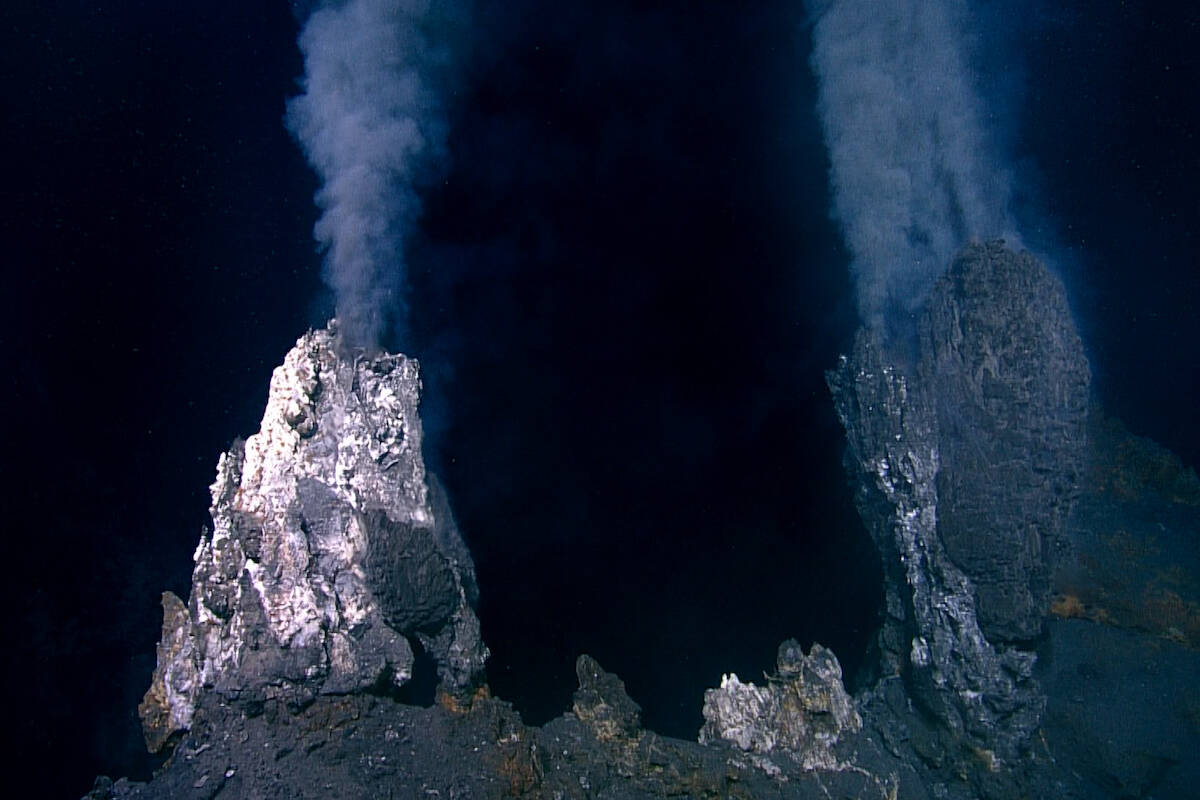
She collected samples growing on the vents to see if they can be used for things like anti-viral and anti-cancer drugs. The expedition also collected hundreds of specimens from the depths that are expected to include rare and undescribed species.
Exploring hydrothermal vents, bubbling cold seeps and seamounts – like the two-and-a-half kilometre tall Explorer supervolcano – all in one go was another first achieved by the expedition, Harris said.
“It’s globally rare for these ecosystems to occur together in the same spot and in really high densities in the way they occur in the waters of British Columbia,” Harris said.
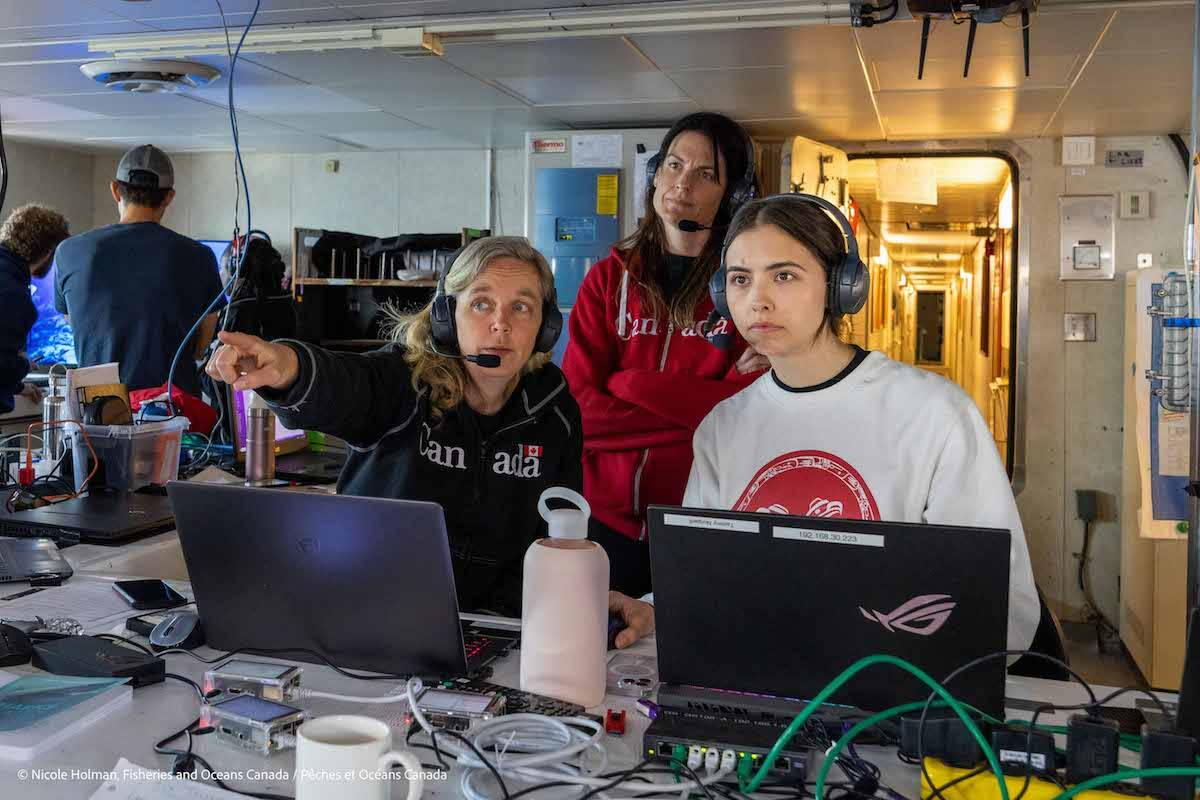
The proposed 133,000-square-kilometre protected area’s name comes from partner First Nations as Tang. Gwan is Haida for deep ocean, hacxwiqak is the Nuu-chah-nulth and Pacheedaht word meaning deepest part of the ocean and Tsigis in Quatsino translates to monster of the deep.
“The ocean is our lifeline and so we’ve always had a really strong connection to the waters and all the creatures that live within,” said Rayne Boyco, a marine planner with the Haida Nation. “The naming of this place is really special and this soon-to-be protected area is so phenomenal, stunning and absolutely magic.”
The ocean has always been culturally important for the Haida Nation and coastal First Nation languages have long expressed the deep ocean is a significant spiritual area. With a memorandum of understanding expected to be signed later this year, it’s uplifting for First Nations communities to be involved in the protection and management of critical waters and lands in their territories, Boyco said.
“For thousands of years our people knew these areas were really special and worth protecting,” she said.
“Now that we’re getting to witness some of these creature interactions and this beautiful habitat we have this opportunity to spread greater awareness of these areas and why they’re worth protecting.”
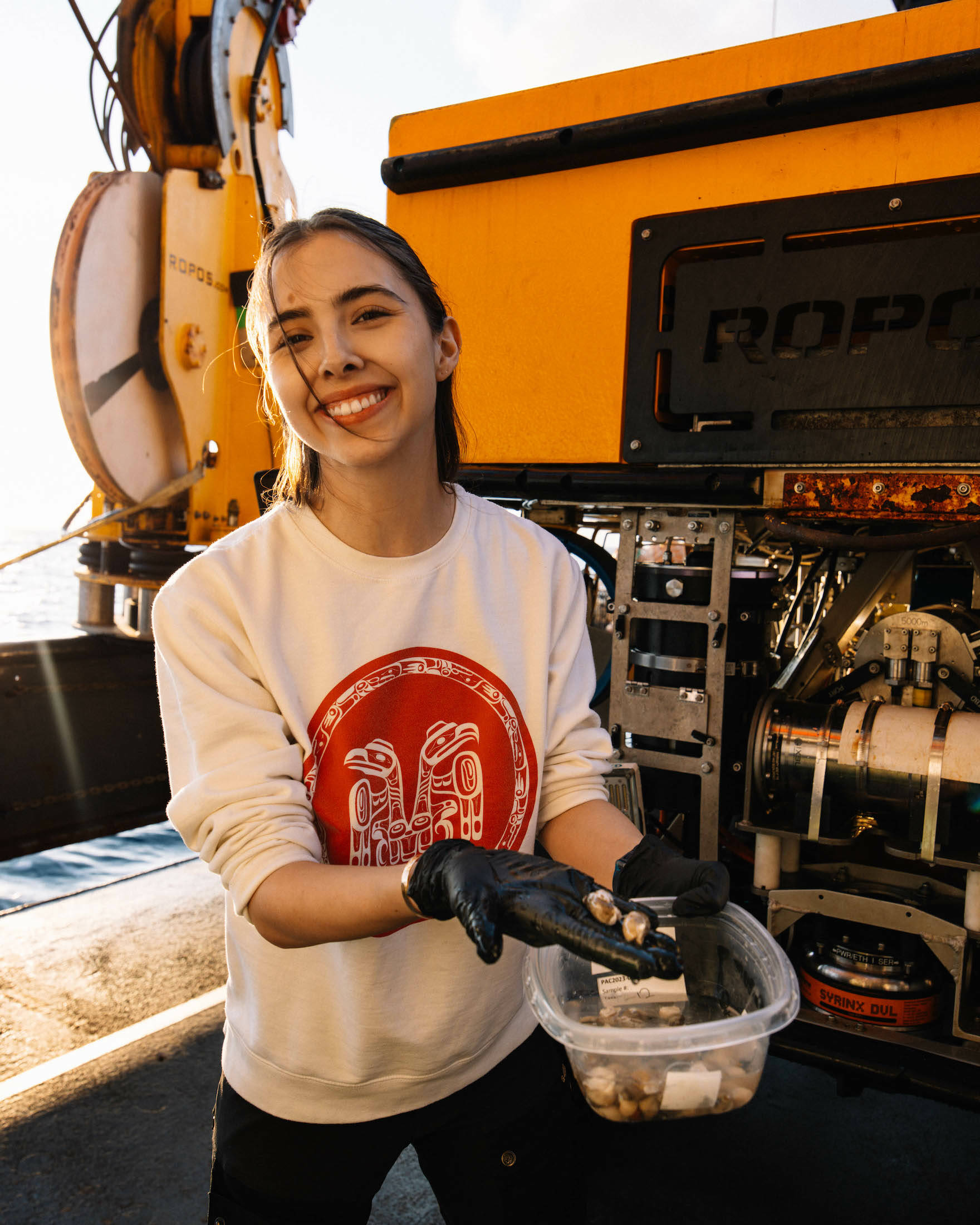
Boyco co-led an early June dive to seamounts south of Haida Gwaii that were thought to be nursery grounds for skates. As the ROV relayed skate egg-covered seamount scenes, the researchers noticed areas that appeared to be actively venting, which Boyco said has never been recorded before.
Tests on the venting confirmed it was hotter than the ambient seawater, which supported the theory that the skates come from greater depths to lay their eggs on the seamounts because it helps speed up the years-long gestation process, effectively incubating them.
“It just blows your mind because you’re seeing this for the first time maybe ever and it makes you quite emotional,” Boyco said, adding other sights like a baleen whale skeleton left them speechless. “We were all losing our minds a little bit and every dive was something new.”
The ROV also got the first-ever footage of a Pacific white skate in the midst of laying an egg, which may get a wider audience as some of the expedition’s shots will be used in BBC Blue Planet’s third season.
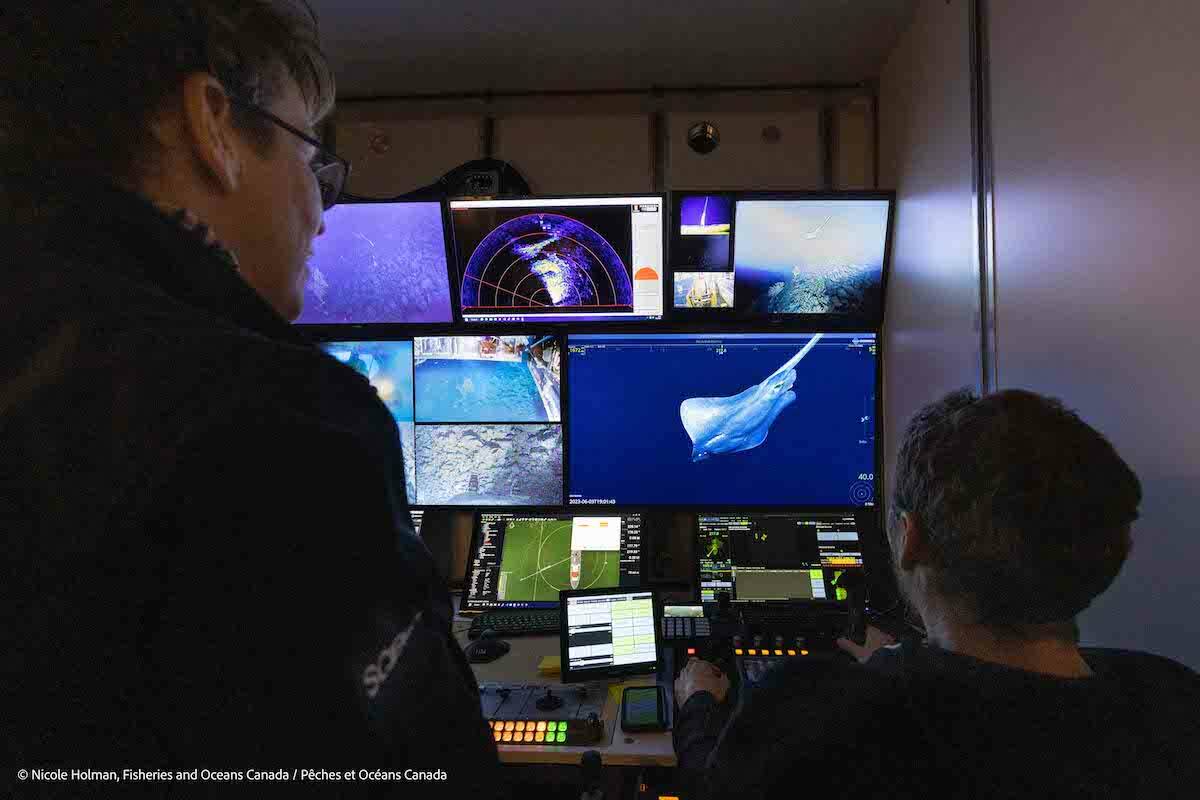
While researchers on board were locked onto screens feeding footage from ROPOS, schoolkids across the country also got a live look.
Sabrina Crowley (Huu-yiik), a fisheries biologist who works with the Nuu-chah-nulth Tribal Council, said the expedition’s student outreach sessions were an important and uncommon way to engage kids in science and the natural ecosystem.
“It was great to have the students involved online so they can see things they’ve never seen and it opens their eyes to something new and something they might be interested in the future,” Crowley said, noting one Nuu-chah-nulth student-researcher from was aboard the vessel.
The ocean being in a healthy state supports everyone regardless of where they are and Crowley said that relates to the Nuu-chah-nulth principle of “Heshook-ish tsawalk,” meaning everything is one.
“Marine protected areas are important to know about and understand that everything is connected, everything has meaning.”
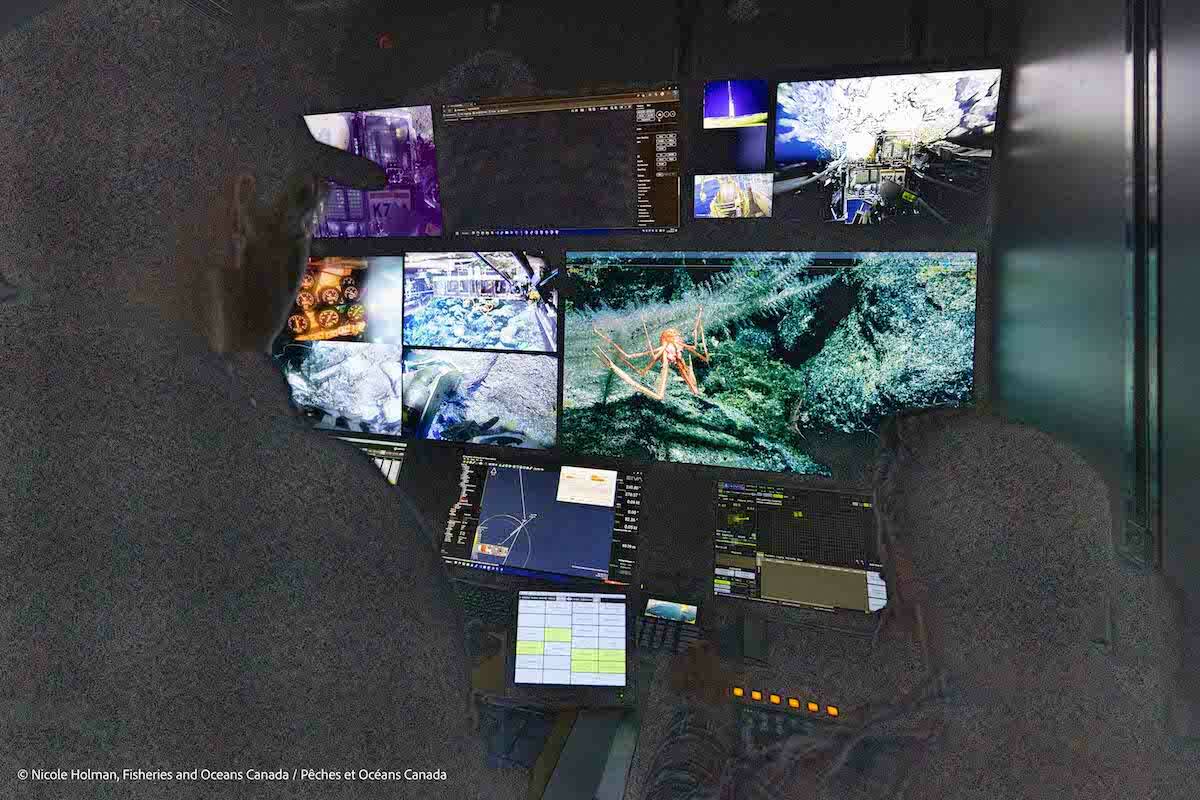
READ:


